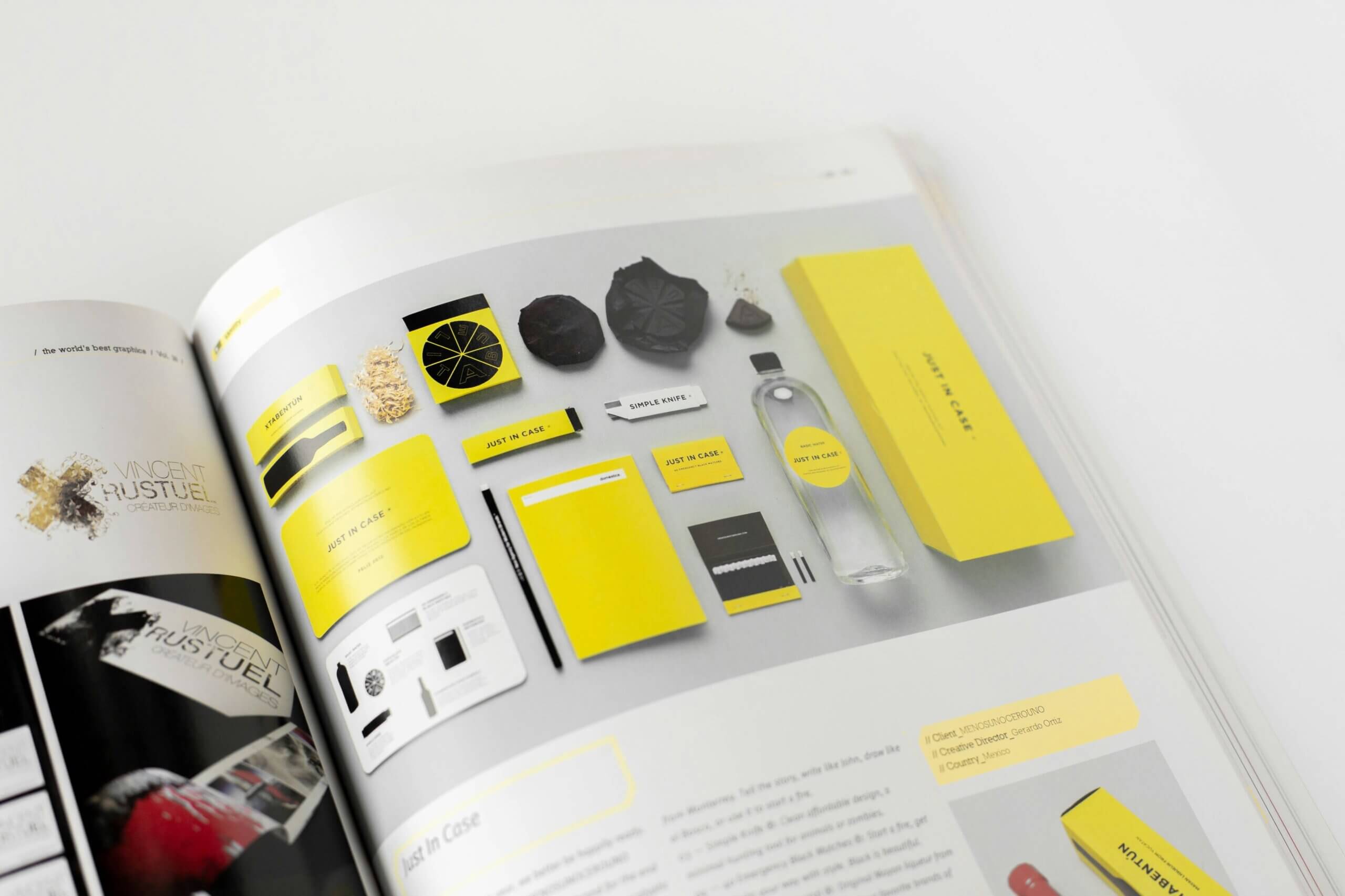
Mary Patricia
Freelance Writer
15.05.2023
Any good business website creates positive user experiences.
By capitalizing on these experiences, the business can increase its revenue and build brand loyalty.
The first thing a user notices upon visiting a website is the overall aesthetics of the design. A good web design can build confidence in the customer and assure them that your business is trustworthy and legitimate.
But an eCommerce website design is not just about aesthetics. It should also be optimized for conversions.
In today’s article, we will first understand what aesthetics in web design means and then look at how design and function can be integrated to deliver results. Let’s dive in!
What is Web Design Aesthetics?
As the best eCommerce website design in Sydney explains, the word “aesthetics” in web design generally refers to the color, contrast, balance, and texture of the website’s design. It also includes the layout of the web pages.
Web design means creating a visually appealing website that engages users. Aesthetics play a crucial role in web design, as they determine the look and feel of the website.
But if you focus too much on aesthetics, you may create a gimmicky website. Alongside being pretty, the site has to be functional. It has to be easy to navigate; otherwise, customers may be unable to find the clients’ products.
On the other hand, if you put too much emphasis on functionality, the website may be drab and unwelcoming. There must be a balance between aesthetics and functionality to ensure the business objectives are met.
How To Integrate Marketing Goals Into Design?
The balance of aesthetics and functionality in an eCommerce website design can create a truly user-friendly website. Whenever you are getting your website designed by a professional company, emphasize the importance of this balance.
Below are six vital tips to ensure that your web graphic design and UX design go hand in hand.
By focusing too much on aesthetics, you will be compromising on accessibility on your website. Also, it may account for a jarring user experience.
Consider the following website design elements to create a functional yet visually appealing website:
- Typography: choosing the front font and size is very important in website design. You have to put a lot of thought into how you would like the letters to be presented to the customers.
- Layout: you want a layout that reflects your brand and positively impacts the customer’s mind. Make sure that the placement of the text and images are correctly aligned.
- Emphasis: use the emphasis element in web design to highlight certain aspects of your website. You can draw the customer’s attention to specific parts of your site. If used effectively, it can help you quickly achieve your marketing goals.
- Images: photographs, graphics, and illustrations add a splash of color to the website. Images can be used to support content and product descriptions.
2. Uphold consistency
Any business worth its salt can be found on multiple online channels. Therefore, consistency between all their online marketing channels is a must when designing a website for them.
Here are the three vital zones where consistency needs to be upheld:
- The tone of voice: you should maintain a consistent tone and writing style across all online channels. It will increase your site’s usability if you maintain a similar tone throughout your eCommerce website design.
- Your background: try to keep similar experiences for your web pages. You may choose particular locations for specific pages of your website, like your Contact Us page.
- Color palette: maintain a consistent color palette throughout your web pages. Keep it simple by choosing three to five colors reflecting your brand’s message.
3. Add contextual images
This is where your creativity comes to play. Choose images that add a finishing touch to your website and go well with your text, font, and other elements. You can use images, GIFs, and videos to support your brand’s message and service. The best approach is to create custom illustrations and infographics.
4. Minimize options
Too many options may produce the opposite effect and confuse your website visitor. Therefore, in eCommerce website design, especially in the checkout form, add limited and relevant elements only.
5. Use the white spaces
Only a good website designer knows how to incorporate the white and negative spaces to create a functional and visually appealing website.
6. Prioritize navigation
Your web pages must be easily accessible and must load in time. To ensure that your web pages are easily navigable, apply the following tricks:
- Use breadcrumbs: this will help the users track the web pages they have visited and go back to them if needed with ease.
- Add a search bar: a search bar will help the customer reach a specific product without too much effort. Place the search bar at the top so that it is easily noticeable.
- Simple navigation option: throughout your website, your navigation options must remain consistent.
How To Find the Right Balance?
The trick to finding the right balance between aesthetics and marketing goals lies in three strategies. Follow the strategies below to prioritize your customer’s experiences on your website and boost sales.
It’s one point that we have been emphasizing from the start. Your website must not appear too complicated to the user, or they may be put off by it. The visitors to your website may come through various channels and may have different levels of familiarity with your brand. You should always plan your website design keeping first impressions in mind.
Ensure that the visitors do not have to scroll through multiple web pages before finding what they are looking for. Also, your website must be optimized for mobile viewing.
The speed at which your web pages load also plays an essential role in achieving marketing goals. However, not every page has to load at the same speed. Prioritize the web pages which receive maximum traffic and optimize them for quick loading.
Your knowledge of JavaScript and CDNs will help you optimize your web pages’ speed and performance for better marketing results.
Conclusion
We hope you are now in a better position to design your business website than before you started reading this article.
Remember that look and function must work together when designing a website, or you won’t see any significant impact.
ReVerb’s professional designers will be glad to create a stunning and exclusive eCommerce website design to bring the most favorable results to your business!




